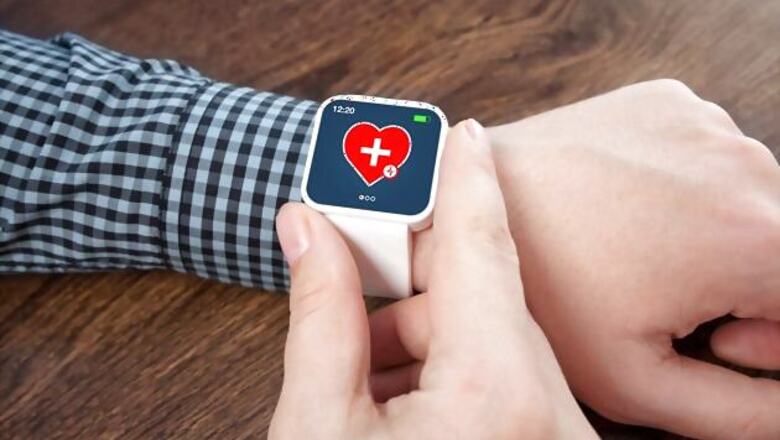
views
Washington: Researchers have developed biometric watches that can non-invasively monitor the wearer's pulse, glucose concentration and dehydration levels.
In a pair of papers published in The Optical Society's (OSA) journal Biomedical Optics Express, researchers described two wearable devices that use changing patterns of scattered light to monitor biometrics: one tracks glucose concentration and dehydration levels, and the other monitors pulse.
The glucose sensor is the first wearable device that can measure glucose concentration directly but non-invasively, the authors said.
While other wearable devices have been made to monitor pulse, the authors claim their new design would be less sensitive to errors when the wearer is in motion, for example while walking or playing sports.
Both the watches described in the two papers make use of the so-called "speckle" effect, the grainy interference patterns that are produced on images when laser light reflects from an uneven surface or scatters from an opaque material.
When the material that is scattering the light is moving - say, in the case of blood flowing through the circulatory system - "the speckle pattern changes with changes in the flow," explained biomedical engineer Mahsa Nemati, a graduate student in the Optics Research Group at the Delft University of Technology in the Netherlands.
Those light variations are a valuable source of information, said Nemati, lead author of one of the papers.
Nemati and her colleagues at Delft and at Phillips Research developed a method that could be used to monitor pulse non-invasively with a sensor that isn't thrown off by the wearer's movement.
Using simulated heart beats generated in milk and measurements performed on the finger of a volunteer, they found that speckle changes can be used to accurately measure flow pulsations - that is, the heart rate - even when the light source used to create the speckle pattern is also moving, as would be the case with a wearable biometric sensor.
In the other paper, bioengineer Zeev Zalevsky of Israel's Bar-Ilan University and his colleagues described a new wearable biometric system that uses the speckle effect to directly monitor the glucose concentration in the bloodstream, as well as the wearer's relative hydration level.
The watch-like device consists of a laser to generate a wavefront of light that illuminates a patch of skin on the wrist near an artery, and a camera that measures changes over time in the light that is backscattered off the skin.
Unlike other chemicals present in the blood, glucose exhibits a so-called Faraday effect.
This means that in the presence of an external magnetic field (generated by a magnet attached to the device) the glucose molecule alters the polarisation of the wavefront and thus influences the resulting speckle patterns.
Analysing these changing patterns provides a direct measurement of the glucose concentration.


















Comments
0 comment